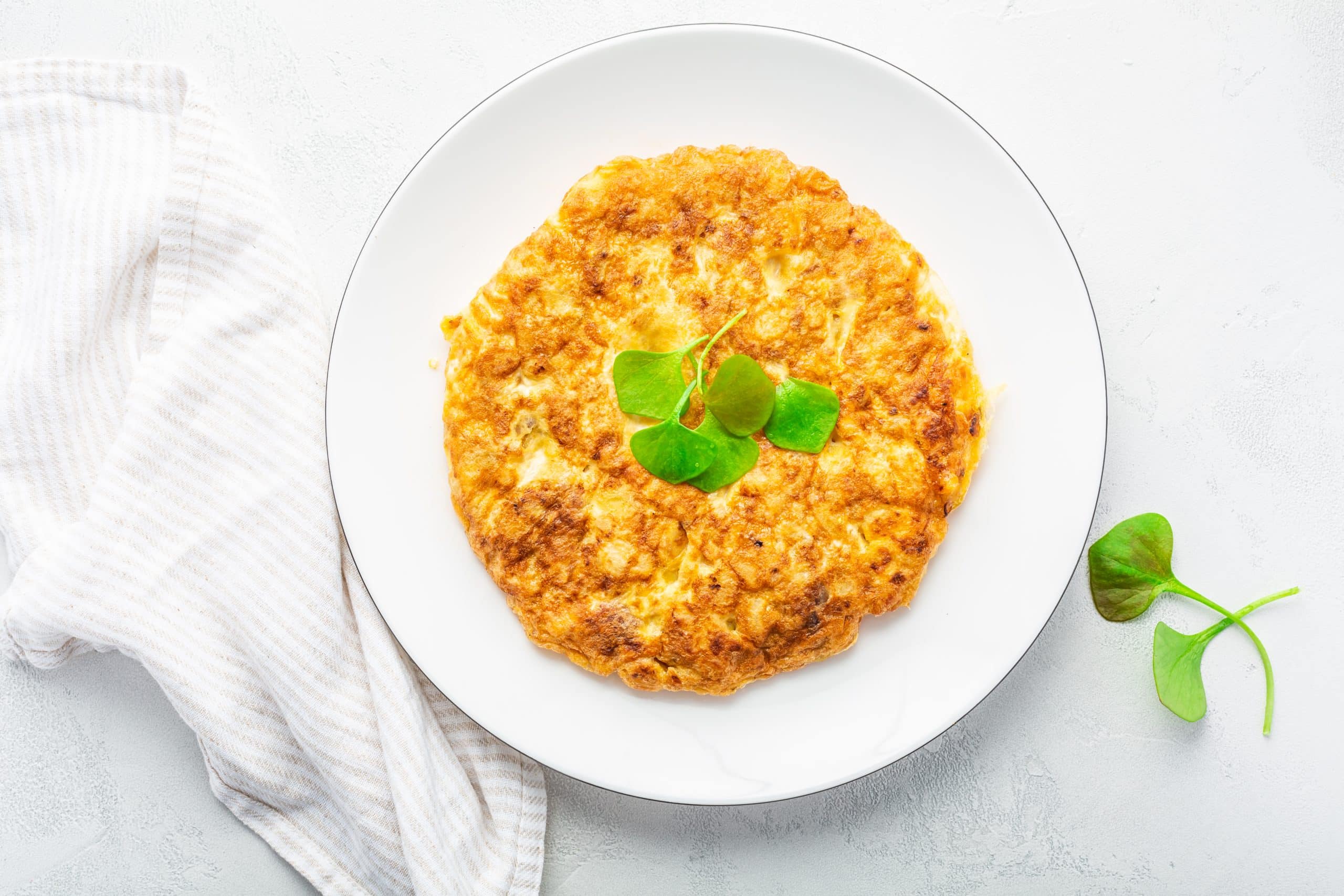Welcome, dear readers! Isn’t it amazing how a seemingly simple dish like the omelette can be treated as a work of art? Today, we’re peeling back the layers of this deceptively straightforward culinary delight. We’ll delve deep into its origins, share classic recipes, and explore tips to perfect your own omelette-making skills. Let’s embark on this gastronomic journey, shall we?
The Roots of the Omelette: A French Classic
Every art form has its roots, and our beloved omelette is no exception. This dish, which has become a breakfast staple around the world, originates from France. You might be wondering why something as basic as an omelette commands such respect in the culinary world. The answer lies in the ingredients – or rather, the lack thereof.
Also read : What’s the Key to a Rich and Flavorful Beef Stew?
The classic French omelette – or "omelet" as our friends across the pond prefer – is an epitome of simplicity. It requires no more than eggs, a knob of butter, a pinch of salt, and a sprinkle of herbs for garnish. The magic, however, is in the technique. A French omelette is not just about mixing eggs and cooking them in a pan. It’s about achieving a delicate texture, a soft, creamy center, and a golden exterior.
Ingredients: The Backbone of a Perfect Omelette
Before we dive into the art of cooking an omelette, let’s discuss the ingredients. An omelette might be simple, but it’s not just about throwing some eggs into a pan. The choice and quality of your ingredients can greatly affect the end result.
In parallel : How to Fuse Classic French Techniques with Local Ingredients for Innovative Dishes?
Eggs are, of course, the star of the show here. Fresh eggs will lend your omelette a rich flavor and a vibrant yellow color. As for the butter, it serves two purposes. First, it prevents your eggs from sticking to the pan. More importantly, it gives your omelette a wonderfully light and fluffy texture.
While the traditional French omelette sticks to these basics, there are endless variations to explore. Love cheese? Feel free to add some. Mushrooms, spinach, or bell peppers can also be a great addition. Remember, the best ingredients will be the ones you love the most.
The Pan: An Unassuming but Crucial Ally
The pan you use can make a big difference in your omelette-cooking journey. For a perfect omelette, a good quality non-stick pan is crucial. This will ensure your eggs won’t stick, allowing you to manipulate them easily during cooking.
Size also matters when it comes to pans. A larger pan will give you a thinner omelette, while a smaller one will result in a thicker omelette. For a classic French omelette, you might prefer a 9-inch pan which allows the eggs to spread out nicely without being too thin.
Heat distribution is another essential factor. You want a pan that will heat evenly, preventing any hot spots that could lead to parts of your omelette burning. A thick-bottomed pan will help you achieve this.
The Art of Cooking: Perfecting the Omelette
Now that we’ve covered the ingredients and pan, let’s talk about the cooking process. This is where your omelette goes from a simple mix of eggs to a heavenly dish with a melt-in-your-mouth texture.
Start by whisking your eggs. Whisk them until the yolks and whites are fully combined, resulting in a light yellow mixture. Pop your pan onto the stove, dial the heat to medium, and let your butter melt. Once it starts to froth, it’s time to pour in your eggs.
Here’s where the real art kicks in. As the eggs start to cook, you will gently stir them until they form soft, creamy curds. Once this happens, stop stirring, and let your omelette cook until it’s mostly solid but slightly runny in the middle.
Omelette Recipes: Variations on a Classic
No discussion of omelettes would be complete without mentioning a few classic recipes. The French omelette is the classic, but there are countless other omelettes to try.
The Spanish tortilla, for instance, is a thick omelette made with potatoes and onions. The Italian frittata, on the other hand, is often filled with various ingredients, cooked slowly, and then flipped or broiled to finish.
Whether you want to stick to the classic French omelette or explore other variations, remember that the key to a perfect omelette lies in quality ingredients, the right pan, and mastering the cooking process. Happy cooking!
Advanced Omelette Techniques: Going Beyond the Basics
Once you’ve mastered the classic French omelette, there are advanced techniques you can use to elevate your dish further. These tips can help you achieve an even more light and fluffy texture, a perfectly golden exterior, and a mouth-watering flavor.
The first technique involves whisking the eggs. The more you whisk, the more air you incorporate, and the fluffier your omelette will be. Using a fork instead of a whisk can give you an even better result, as the prongs of the fork can introduce more air into the eggs.
Making a French omelette is also about timing. The perfect omelette is one that’s slightly undercooked in the center, as it continues to cook even after it’s removed from the heat. A good tip is to remove the omelette from the pan when it’s still a little runny in the middle, known as "baveuse" in French.
Another technique to consider is the rolling of the omelette. Instead of simply folding the omelette in half, you can roll it like a cigar, which gives it a distinctive and elegant shape. This technique is often used by professional chefs and can make your omelette look like a true work of art.
When it comes to garnishes, you can also level up by using a combination of chives and parsley. These herbs not only add a pop of color but also an extra dimension of freshness to your omelette.
Conclusion: The Art of the Omelette, Mastered
In conclusion, the perfect omelette is a dish that embodies simplicity and elegance. It’s a culinary delight that’s easy to make yet difficult to perfect. But with good quality ingredients, the right pan, and mastering the art of cooking, you can create an omelette that’s a feast for both the eyes and the palate.
The French omelette is the classic, but there’s a world of omelettes to explore, from the hearty Spanish tortilla to the versatile Italian frittata. By starting with the basics, then slowly venturing into more complex recipes and techniques, you can make your breakfast (or brunch) an extraordinary gastronomic experience.
Remember, an omelette, like any dish, is a reflection of your taste and creativity. Whether you prefer it plain or loaded with your favorite ingredients, the most important thing is to enjoy the process of making it and, of course, eating it!
So next time you find yourself with some eggs, butter, and a hungry stomach, why not whip up an omelette? With this step-by-step guide, you are now ready to embark on your own omelette-making journey. Bon appétit!











